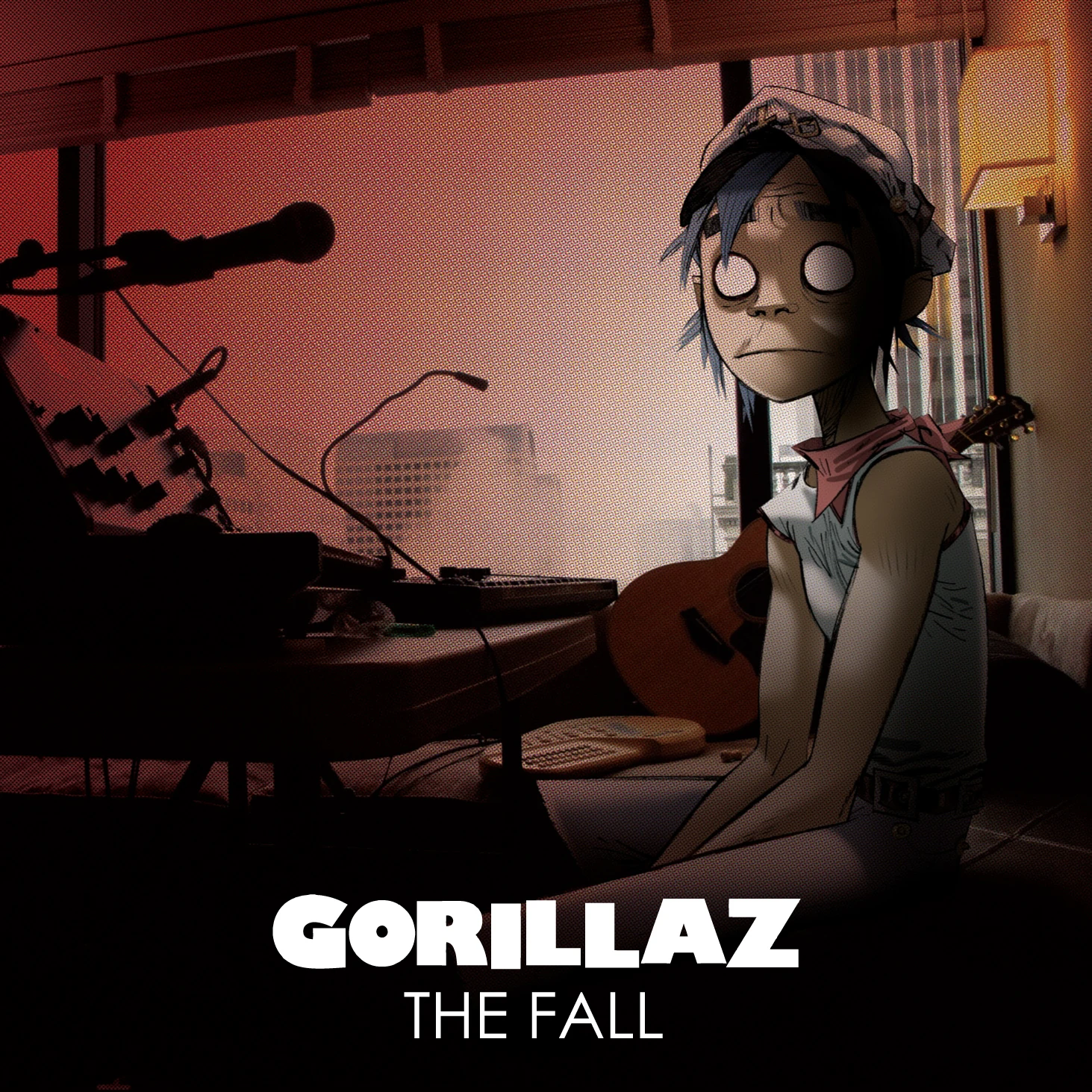Wednesday, 17 February 2016
Wednesday, 10 February 2016
Thursday, 4 February 2016
PRODUCTION AND DISTRIBUTION OF MUSIC VIDEOS:

It's said that there are four main record labels that control around 70% of the world music market and 85% of the US market, which shows the concept of oligopoly (essentially meaning the industry is dominated by a small number of companies) within the music industry. These 'Big Four' are Universal Music Group, Sony BMG, Warner Music Group and EMI Group. Other than these major record labels you get the independant companies. These independent record labels are less concerned with mass sales in order to gain success as their production costs are already low, so they don't need as many sales to generate a profit.
The creation of the Internet opened up a huge variety platforms for artists to produce, distribute and market their music. Artists can now produce and distribute their music without the need for a record label. Digital distribution platforms such as iTunes allow artists to sign up and release their music. Music can also be released onto streaming platforms such as Spotify or Deezer. Music Artists can use social networking sites such as Twitter and Facebook to quickly reach a large audience by posting their video online. One of the largest costs in the distribution of music is the cost of producing physical copies on CD or vinyl, with the introduction of iTunes this is no longer necessary. Listeners can download digital copies of a music album without ever needing to buy a physical copy. Many artists also release their music videos on YouTube, many of whom have even been signed to major labels after being spotted on YouTube such as Justin Bieber.
Subscribe to:
Posts (Atom)



